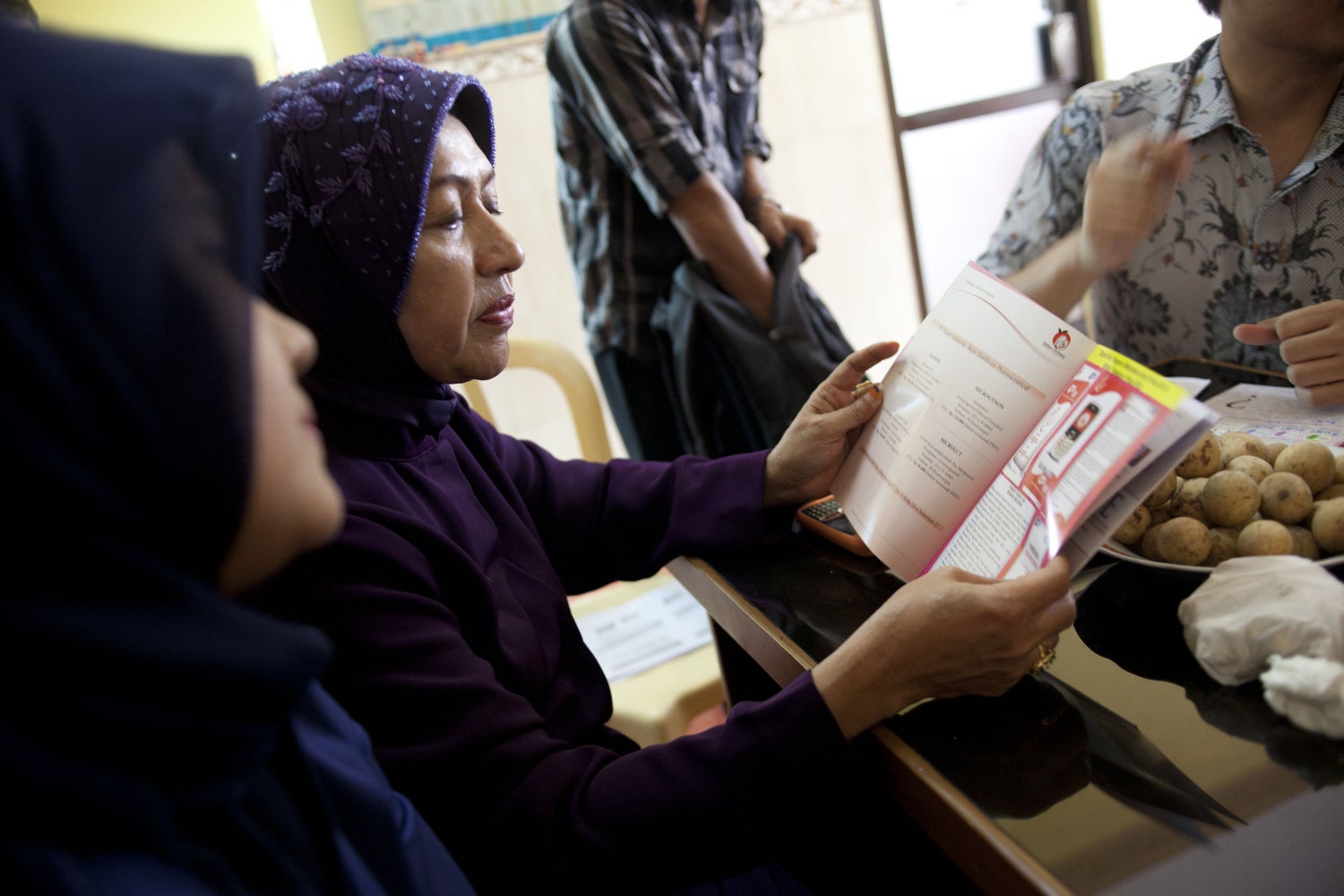Governance means ensuring the necessary policies, systems, and participatory processes are in place to deliver high-quality primary health care to all.
Financing refers to how resources are raised, pooled, allocated and spent within a country to ensure that each person can get the quality primary health care they need without financial hardship.
Inputs refers to the facilities, health care professionals, and supplies needed to deliver high quality primary health care to everyone.
Management of Services & Population Health refers to how primary health care services are organized, managed, and assessed at the point of care, as well as how the system engages communities in care delivery.
Access & Availability assesses whether patients can easily reach PHC facilities and services, and whether PHC providers are likely to be present, competent, motivated, and fully resourced to provide safe, high-quality, and respectful care.
Quality is the foundation of people's trust in health systems, as well as the health system's ability to improve health outcomes for all. It measures the essential functions of primary care -- including ensuring person-centered, comprehensive care in each community -- and whether services are efficient, effective, timely and safe.

